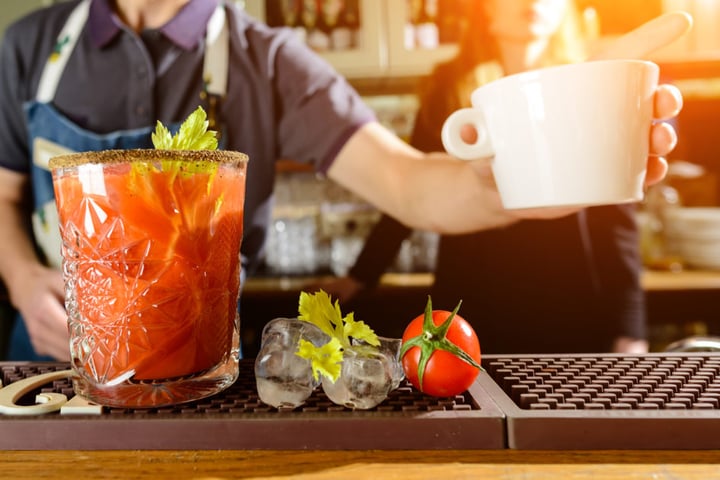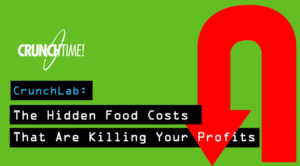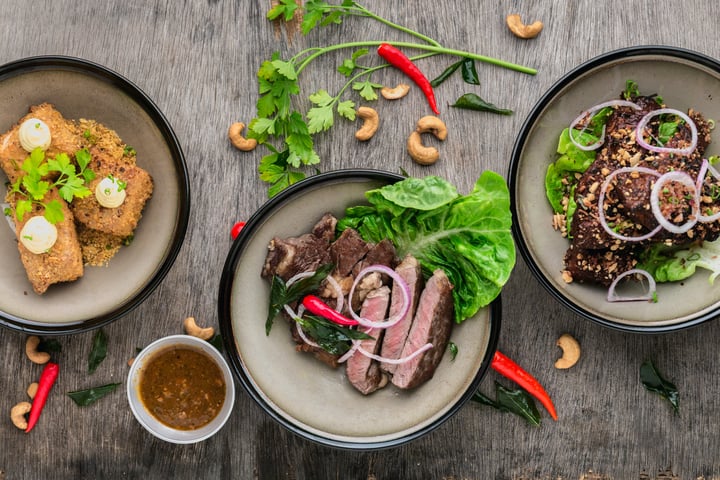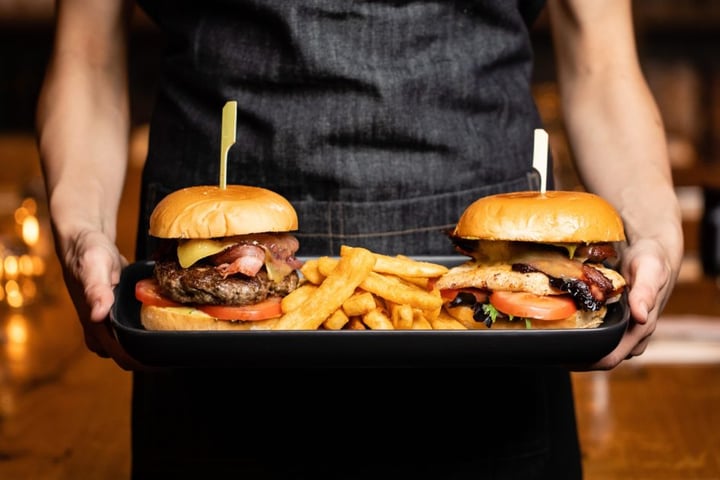
- Home
- Crunchtime Blog
- Are Hidden Food Costs Killing Your Profits?

We all know that restaurant management software features many benefits. Arguably, the most useful report your back office solution will ever generate is the Actual vs. Theoretical Food Cost Report (A/T). However, you may never have run an A/T food cost report before, or you may be a pro. Whatever the case, we can assure you that this report is enlightening. Not only does it compare your actual food costs vs. ideal food costs for any given period, but also it can help you effectively troubleshoot restaurant food costs across an all of your operations as one method to greatly improve your profits.
Read on to learn how the A/T report works...
The Theoretical Food Cost Calculation:
Perform the following calculation:
- Add the amount paid for each ingredient.
- Then add the amount of each ingredient in each recipe.
- Then multiply the Menu Mix which is the number of products sold.
Example: Let’s say a restaurant only sells bacon burgers. The recipe is:
- 1 hamburger patty at .30 cents
- 11 hamburger bun at .10 cents
- 1 slice of bacon at .10 cents total
Overall cost is (.30 + .10 + .10), or .50 cents to produce each bacon burger. When the restaurant sells 200 bacon burgers, its theoretical food cost is $100.
Calculating The Actual Food Cost:
Perform the following calculation:
Inventory values at the beginning of week + other purchases of inventory – inventory values at the end of the week = Actual Food Cost
Bacon Burger example:
- The bacon burger recipe inventory value at the beginning of the week = $180
- Recipe purchases throughout the week = $70
- Recipe inventory values at the end of the week = $185
The Actual food cost for the bacon burgers is ($180 + $70 – $195) = $55
How To Measure Actual Food Cost vs. Theoretical Food Cost to Find Any Excessive Spending
Actual Food Cost – Theoretical Food Cost = Variance ($75 – $55 = $20)
When you compare the Actual and Theoretical costs in the example above, the restaurant spent $20 more on food than it should have. (In other words, the variance was $20, which is an excess in spending.)
Next, let’s use the available reporting tools to locate and eradicate any source(s) of excess cost. In this example, was it the hamburger patty, the hamburger bun or the bacon that contributed to the excess cost resulting in lost profits? Alternatively, perhaps it was the combination of the three ingredients. For the best results, you will want to locate the root cause of the loss, and then fix it.
Measure More, Learn More
This is another example which demonstrates how important restaurant management software can be for a growing company. This software enables the entire operation to easily develop discipline and efficiency while at the same time decreasing your bottom line for food and labor costs by 2-5% or more. This is an important cost saving technique for food costs. Delve into the savings by checking out this CrunchTime article and video.
Share this post
Related


What is Actual vs. Theoretical Food Cost Variance?

